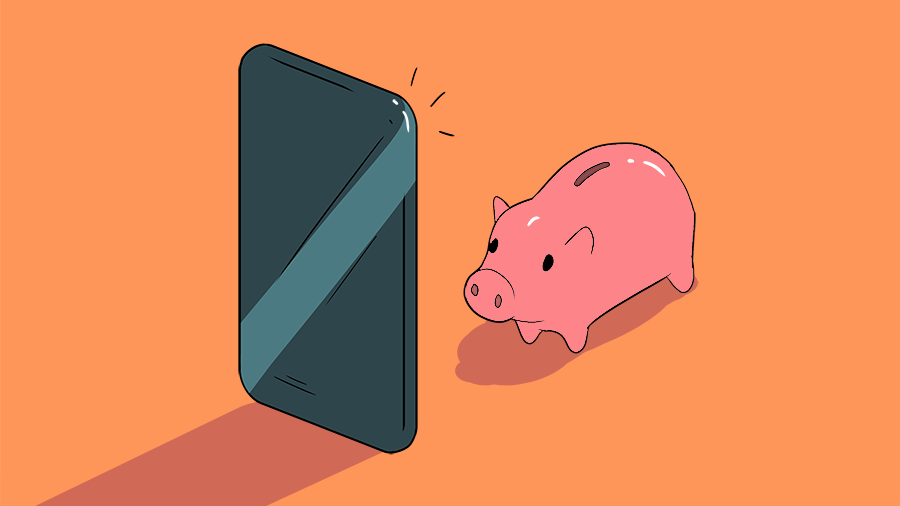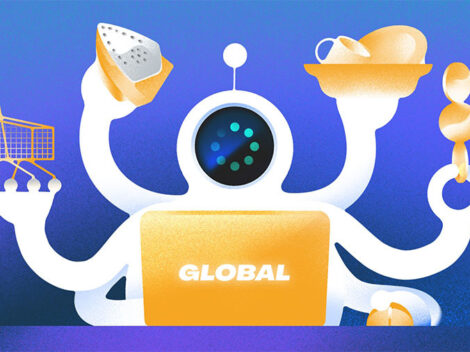Eighty percent of Americans now say they can manage their finances without a physical bank branch, according to a new survey commissioned by Plaid.
Subscribe to the Crunchbase Daily
Fintech is viewed as the “new normal” by 73 percent of Americans, according to the report, and 67 percent plan to continue managing most of their finances digitally after COVID.
Plaid commissioned the report to understand if this increase is a temporary trend, or if new consumer habits around financial services will persist.
“The majority of survey respondents used fintech before the crisis. But the survey showed that when COVID-19 hit, fintech adoption accelerated and Americans reported using more fintech tools, more frequently, and for more financial tasks during the pandemic—59 percent of respondents stated they use more apps to manage money now than they did before the pandemic” John Pitts, Plaid’s head of policy, wrote in a blog post.
San Francisco-based Plaid is well positioned to monitor this behavior—it’s the fintech glue linking users’ bank accounts with apps in order to make connections seamless. Plaid charges apps to make these transactions easier, and links to more than 10,000 financial institutions as a result.
Plaid is slated to be acquired by Visa for $5.3 billion. The deal recently received approval from regulators in the U.K., and is expected to close before the end of the year.
Some mainstream players Plaid helps power include Varo in online banking, Venmo in payments, Robinhood for investments, Credit Karma for tax filing, Affirm in lending, and Personal Capital in budgeting apps.
Survey findings in context
Crunchbase News spoke with Lowell Putnam, who runs Plaid’s ecosystem partnerships, for context on the findings. Putnam also co-founded Quovo, which was acquired by Plaid in January 2019.
Since COVID struck, Plaid has experienced a 44 percent increase in usage across its customer base March through May when compared to the same period last year, according to Putnam. In self-directed brokerage, Plaid saw an even greater increase at 300 percent year over year.
“Fintech is becoming increasingly what consumers are calling ‘necessary or lifeblood apps’ for them. More consumers are looking for more applications to meet their needs,” Putnam told Crunchbase News.
Through the pandemic, Plaid has also seen more interest from incumbent financial institutions. It’s seeing regional banks and credit unions that want to join the data ecosystem. Plaid wants to facilitate its customers’ access to the fintech app economy with connectors like Steady, which supports gig economy workers, Robinhood for trading, or SoFi for student loans.
“They can show a huge amount of differentiation to their customer base, especially if you remove traditional geographic hurdles of a community bank or credit union,” said Putnam.
Subscription models could also experience a resurgence, he said. Consumers have become accustomed to paying Netflix $13 a month, so they might be open to paying $5 or $10 a month to help with budgeting if an app can push real dollars back into their pockets.
Early investors in Plaid include Spark Capital, GV, Felicis Ventures, Homebrew and New Enterprise Associates, which all invested in its seed round in September 2012. NEA and Spark went on to jointly lead its Series A a year later.
Fintech overall
We noted in our Industry Spotlight: Fintech Report (launched earlier this year) that investments in fintech companies have grown more than ninefold since 2010 and have more than doubled since 2015.
Leading sectors for investments in fintech are in payments, insurance, banking and lending. So far in 2020, $26.5 billion has been invested in global fintech companies. That amounts to 14 percent of all investment dollars.
What can we look to for the future? A new wave of apps–thanks to nuts-and-bolts service companies that make it easier to build fintech apps–users looking for services that support financial health, and lower customer acquisition costs.
Illustration: Li-Anne Dias
Correction: Plaid has experienced a 44 percent–not 70 percent–increase in usage across its customer base March through May when compared to the same period last year,

Stay up to date with recent funding rounds, acquisitions, and more with the Crunchbase Daily.




![Image of robotic figures racing to an IPO finish line, to illustrate companies heading toward the public markets. [Dom Guzman]](https://news.crunchbase.com/wp-content/uploads/IPO-race-470x352.jpg)
![Illustration of a guy watering plants with a blocked hose - Global [Dom Guzman]](https://news.crunchbase.com/wp-content/uploads/quarterly-global-3-300x168.jpg)
67.1K Followers